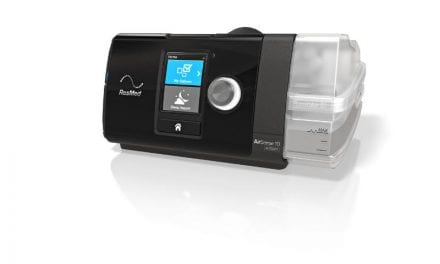Continuous positive airway pressure therapy helps restore memory consolidation in adults with obstructive sleep apnea, suggests a research abstract presented at SLEEP 2010.
Results indicate that OSA patients being treated with CPAP therapy outperformed untreated OSA patients on an overnight picture memory consolidation task, suggesting that CPAP is effective at recouping memory abilities that are impaired by OSA. CPAP patients correctly identified more photographs after 1 night of sleep.
"The most surprising result of our study, thus far, is the noticeable improvement in memory that CPAP patients experience," said lead author Ammar Tahir of the Memory Laboratory in the Department of Psychology at the University of Notre Dame in South Bend, Ind. "These results suggest the success of CPAP therapy in regenerating obstructive sleep apnea patients’ memory deficits."
The researchers also discovered that OSA patients who were using CPAP therapy performed better on the memory task than a control group of people who did not have OSA. This important finding could provide direction for future research to study the effect of CPAP therapy on brain function and memory processes.
The study involved a preliminary sample of 135 adults between the ages of 33 and 65 years who were divided into three groups. The experimental group comprised 78 people who were diagnosed with OSA and had been using CPAP therapy for 3 or more weeks. The baseline group was composed of 50 people who were diagnosed with OSA but had not been using CPAP. The control group had 30 people who tested negative for OSA. Data from additional participants in this ongoing study were not yet available when the abstract was published.
All participants were shown 20 photographs the night before their sleep was monitored by in-lab polysomnography. The next morning they were presented with 20 pairs of photographs. Each pair contained one photo that had been presented the previous night and one similar but previously unseen image. Participants had to determine which photo in each pair was the one that they had already viewed.



